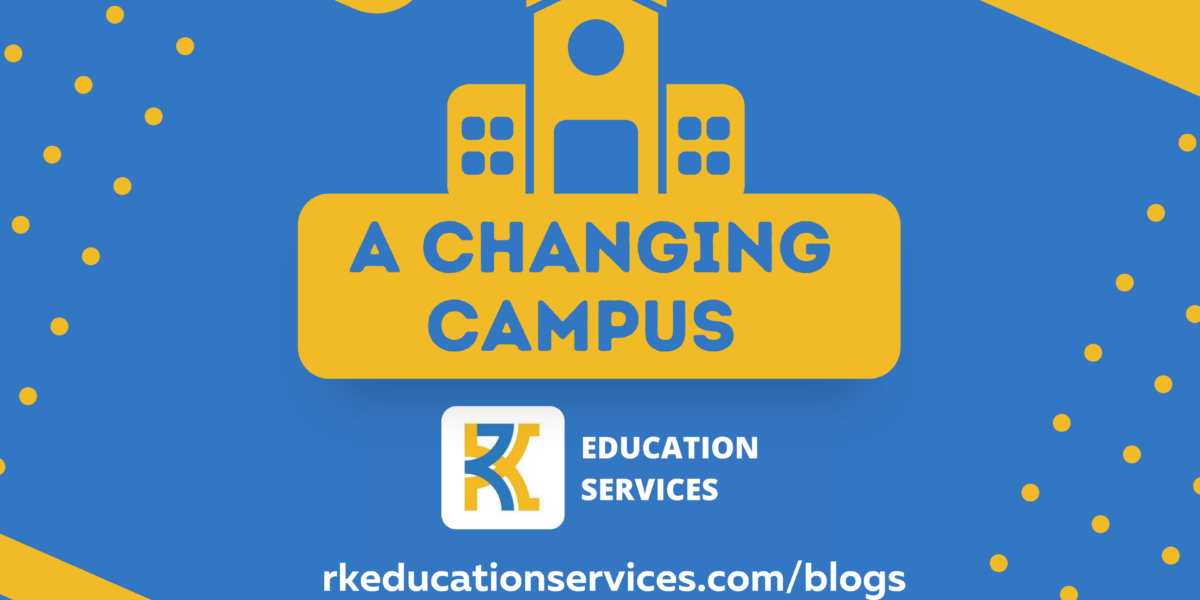A Changing Campus
The university experience is no longer the same as it was two years ago, a year ago, or even since early September, student expectations and needs have evolved, hybrid learning has quickly become the norm, and now students are returning to campus where Technologies like always-on Wi-Fi are no longer an advantage, but a minimal expectation. However, some students still struggle with poor Wi-Fi and connectivity issues, disparate systems, and an analogue campus experience that doesn’t meet their needs impacting the resources you can make available to your students.
As we look to the future, many universities are thinking about what’s next and preparing to expand their digital capabilities. They understand that collaborative tech and intuitive solutions have the power to exceed student and staff expectations and transform the university experience. But first you need a strong technological foundation so you can build capabilities that will take university operations to the next level.
This foundation we call the smart campus, and it is fundamental to the digital future of the university. We delegate so many parts of our life to apps every day, so why not at university? Why should we consign digitally native students to a frustratingly out of touch campus experience?
An intuitive campus provides a single platform for everyone at the university. It can be integrated with applications like Moodle, Blackboard, and other educational applications that provide a seamless experience for both students and staff, be it admissions, courses, administration, student welfare, so essentially managing all affairs of campus anywhere, any place can be anytime. Never arrive at the site again, speak to reception, log in and have trouble accessing all the moving parts of a system that you’ve never seen before. You can enable secure access to remote classrooms to encourage teacher-student interaction, as well as allow breakout sessions and other elements that increase student collaboration. Even if you consider the teaching and learning element of such a platform, you can already imagine how the campus experience can shine.
The intuitive campus opens the door to almost infinite possibilities in terms of a university’s digital infrastructure: Creative innovations can be taken for granted, including the use of artificial intelligence alongside augmented and virtual reality to combine digital and physical experiences. In relation to hybrid and extended learning is one thing but introducing it into all the other elements of the campus experience is a whole different ball game.
Regardless of your starting point, if you want to digitally improve the campus experience from the open house to graduation for students and employees, how do you progress along the way? By building a solid foundation of reliable wireless connectivity, a trusted deployment partner can provide the hands-on experience required.
For universities that are already making the most of their intelligent campus features, creating this digital campus twin is a good next step. The “art of the possible” can flow from this if you want to enable the digitisation of central elements of campus events, such as the discussed open days, to create a safe campus by finding people, things and assets. Not to mention updating students with real-time information like timetable changes, transportation delays, weather to decide how all of these fit into their broader vision of transformation as a university.
Higher education executives will recognize that creating a digitally rich environment is vital for students and will plan the benefits these intuitive skills can bring to students from the moment they enter college until they attend. That protects the student experience for the future, ensures safe education, while keeping pace with our rapidly changing world.


